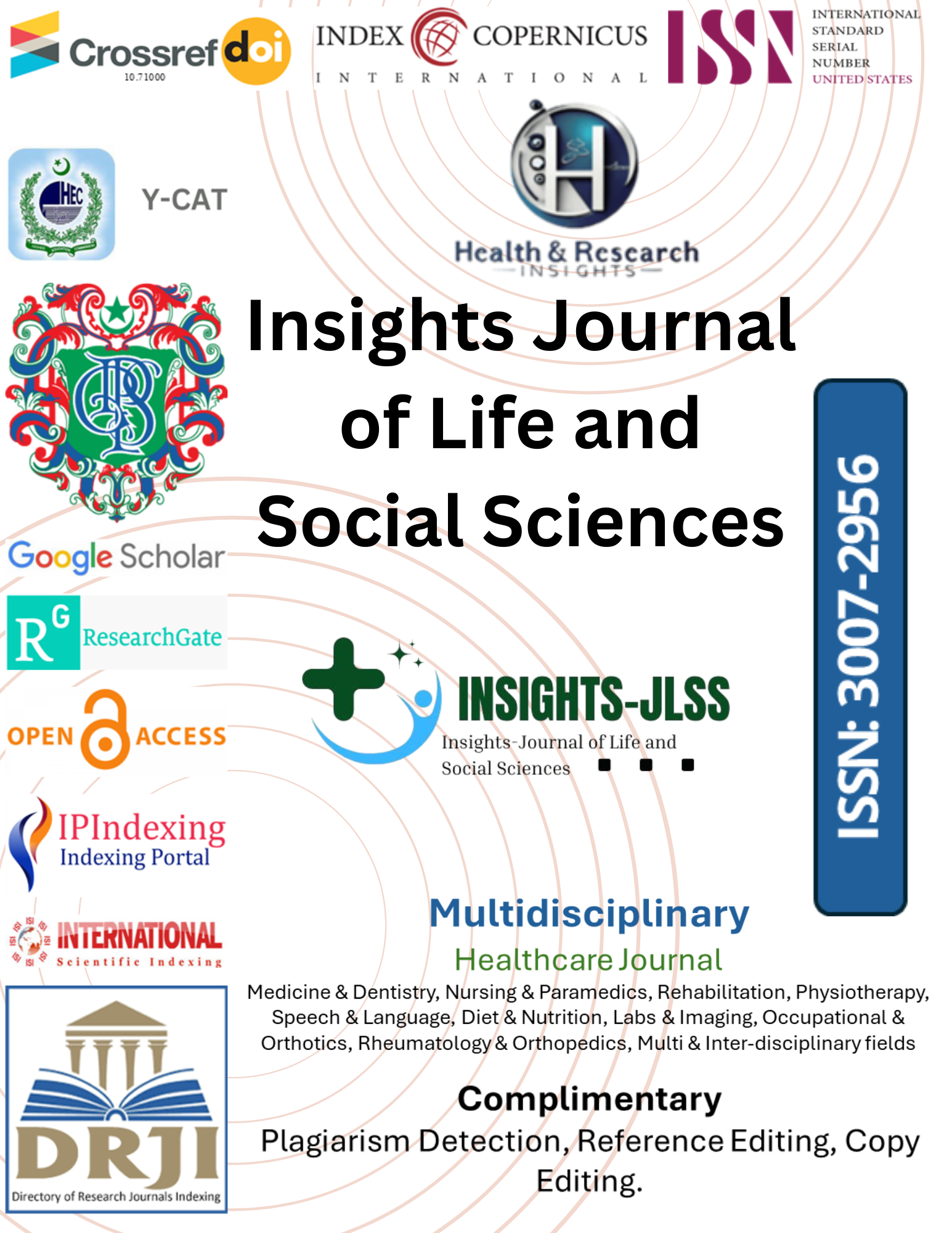ENHANCING THE NUTRITIONAL QUALITY OF WHEAT: A REVIEW OF AGRONOMIC AND GENETIC BIOFORTIFICATION APPROACHES
Main Article Content
Abstract
Wheat (Triticum aestivum L.) is a globally important cereal crop, serving as a dietary staple for much of the world’s population. However, modern wheat varieties are often deficient in micronutrients such as iron (Fe) and zinc (Zn), contributing to widespread malnutrition, particularly in developing regions. To address this issue, two main strategies have been adopted: agronomic and genetic biofortification. Agronomic biofortification involves the application of fertilizers to soil or foliage to temporarily boost nutrient content in the grain. While effective in the short term, this approach requires continuous input and can be influenced by environmental conditions. In contrast, genetic biofortification aims to develop wheat cultivars that naturally accumulate higher levels of Fe and Zn through conventional breeding and modern techniques such as QTL mapping and marker-assisted selection (MAS). This method offers a more sustainable and long-lasting solution. Researchers are also exploring high-mineral landraces, wild relatives, and colored wheat varieties for their added nutritional value. Combining both agronomic and genetic strategies may provide the most effective pathway to combat micronutrient deficiencies. Future research should focus on improving breeding efficiency, exploiting underutilized germplasm, and enhancing nutrient uptake to develop nutritionally enriched wheat varieties and support global food security.
Article Details

This work is licensed under a Creative Commons Attribution-NonCommercial-NoDerivatives 4.0 International License.
